
The Pacific Ocean Is Boiling: “The Blob” Marine Heatwave Returns Bigger and Hotter Than Ever
The Pacific Ocean Is Boiling: “The Blob” Marine Heatwave Returns Bigger and Hotter Than Ever
The Pacific Ocean is in crisis. A massive marine heatwave ominously nicknamed “The Blob” has returned, and scientists say it’s bigger, hotter, and more intense than anything we’ve seen in over a century. Stretching an estimated 5,000 miles from Japan to California, this vast patch of overheated water is rewriting the rules of climate, weather, and marine life and it’s only just beginning.
A Boiling Ocean: Temperatures Off the Charts
This isn’t just a warm patch of water it’s a marine furnace. Sea surface temperatures across the North Pacific are shattering records, and the ripple effects are being felt around the world. Japan recently recorded its highest temperature ever: 107.2°F (41.8°C), a blistering milestone that hints at how deeply this oceanic heat is influencing weather patterns on land.
Scientists say this event dwarfs the original Blob that appeared in 2014–2016. That earlier heatwave was considered historic at the time, but 2025’s version is far larger and more intense. Some experts estimate that the Blob now covers an area larger than the continental United States, an expanse so vast that satellites can detect its glow from space.
A Silent Crisis Beneath the Waves
While the headlines focus on temperature records and strange weather, the most devastating impacts are happening out of sight beneath the surface. Marine heatwaves don’t just make the water warmer; they fundamentally change how the ocean works.
Warmer water holds less oxygen, making it harder for fish and other sea life to breathe. It also disrupts the natural upwelling of cold, nutrient-rich waters that fuel the entire marine food web. Without those nutrients, plankton populations crash and with them, everything that depends on them, from small fish to whales.
We’ve seen this story before. The Blob of 2015 caused mass die-offs of seabirds, sea lions, and fish, some of which never fully recovered. Food chains collapsed in parts of the Pacific, and entire ecosystems shifted as species fled to cooler waters. Now, with this new heatwave already showing signs of similar disruption, scientists fear the damage could be even worse.
Weather Chaos on the Horizon
The Blob doesn’t stop at the shoreline. Ocean heat directly influences the atmosphere, and the scale of this event is already reshaping weather patterns across the Pacific Rim. Along the U.S. West Coast, meteorologists are tracking disrupted winds, unusual humidity, and early signs of chaotic seasonal shifts. Some models even suggest the Blob could alter the upcoming winter, potentially swinging conditions from intense rainfall to unexpected drought or even both in quick succession.
This kind of atmospheric turbulence is exactly what scientists expect as the climate system becomes more unstable. The Pacific is Earth’s largest ocean, and when it changes, the entire planet feels the impact.
A Warning From the Ocean
It’s tempting to think of events like this as isolated or freak occurrences, but scientists warn they are anything but. As global temperatures rise due to human-driven climate change, marine heatwaves are becoming more frequent, more intense, and longer-lasting. What was once considered rare is now a recurring pattern and “The Blob” is its most visible symbol.
This is more than just a weather story; it’s an ecological turning point. If the Pacific continues to heat up, many species may face extinction-level pressures. Coral reefs could bleach beyond recovery, fish stocks could collapse, and coastal communities that rely on the ocean for food and livelihoods may be forced to adapt or relocate.
Watching Climate Change Unfold in Real Time
The Pacific isn’t supposed to boil and yet, that’s exactly what’s happening. The return of “The Blob” in 2025 is a wake-up call, not just for scientists but for all of us. It shows how quickly climate extremes can reshape the natural world and how deeply they are already woven into our future.
We’re not witnessing a distant threat anymore. We’re watching ocean climate change happen in real time. The Blob isn’t just back it’s warning us that the planet’s most powerful system is shifting, and with it, everything we know about weather, ecosystems, and life itself.
News in the same category


One Thing You Must Unplug During a Thunderstorm

Don't throw away sprouted potatoes, do it this way, the results are surprisingly good

Vietnam has a "miracle drug" that fights cancer and prolongs life. You can find it at the market

How You Make A Fist Shape Reveals a Lot
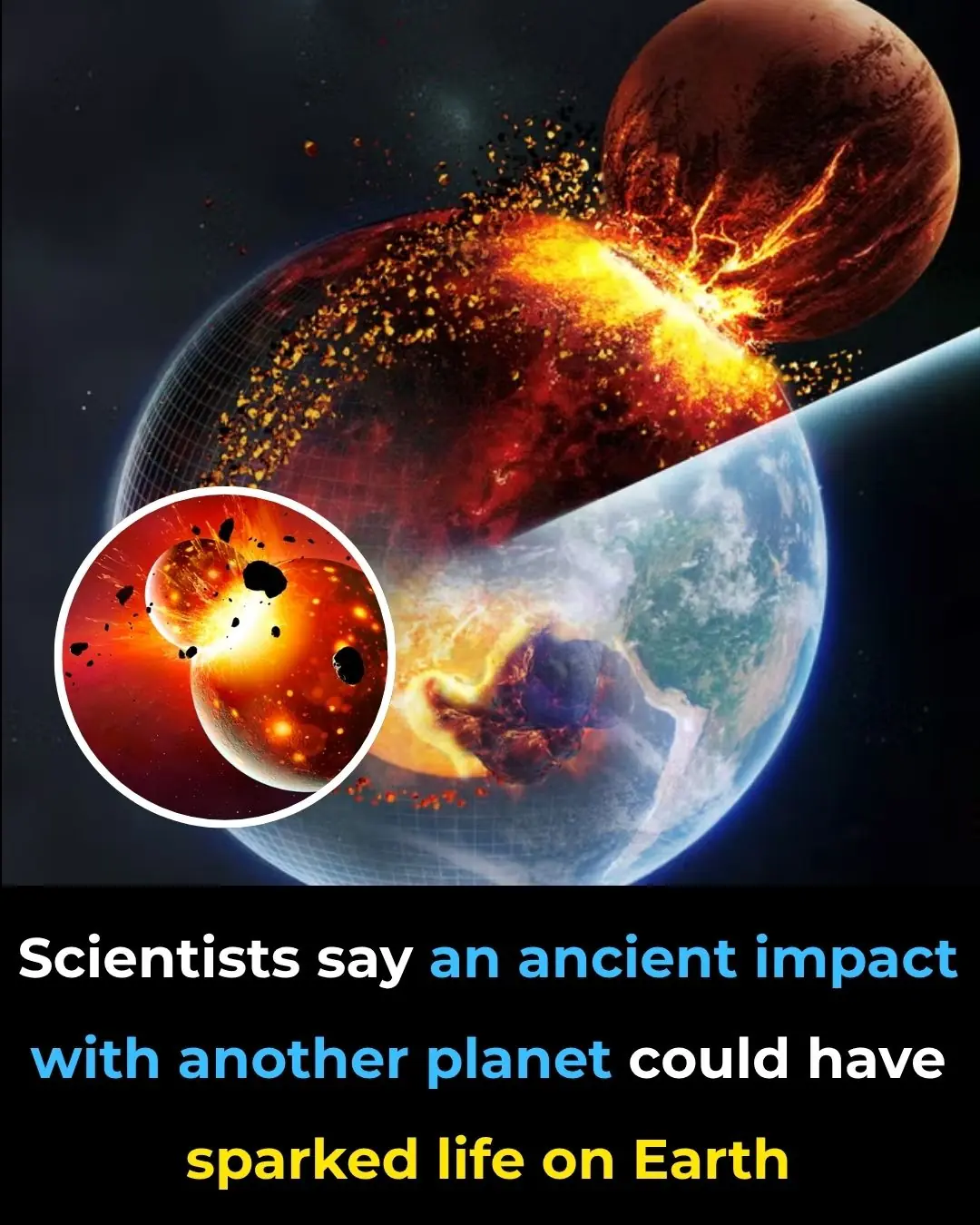
Scientists Say An Ancient Impact With Another Planet Could Have Sparked Life on Earth

Prime views of the Andromeda Galaxy and Ceres—October 2
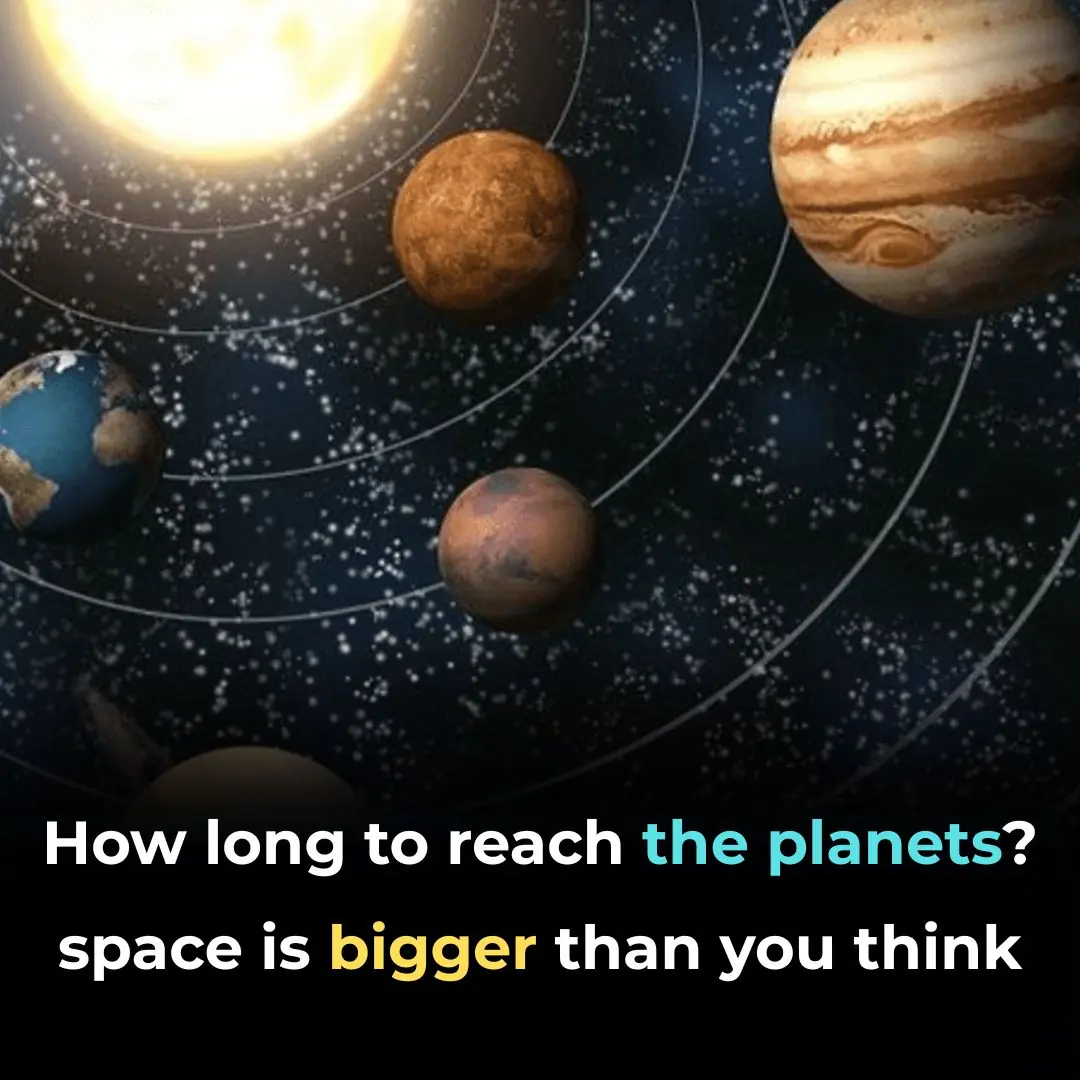
How long would a trip to every planet take? The Answer Will Bend Your Mind
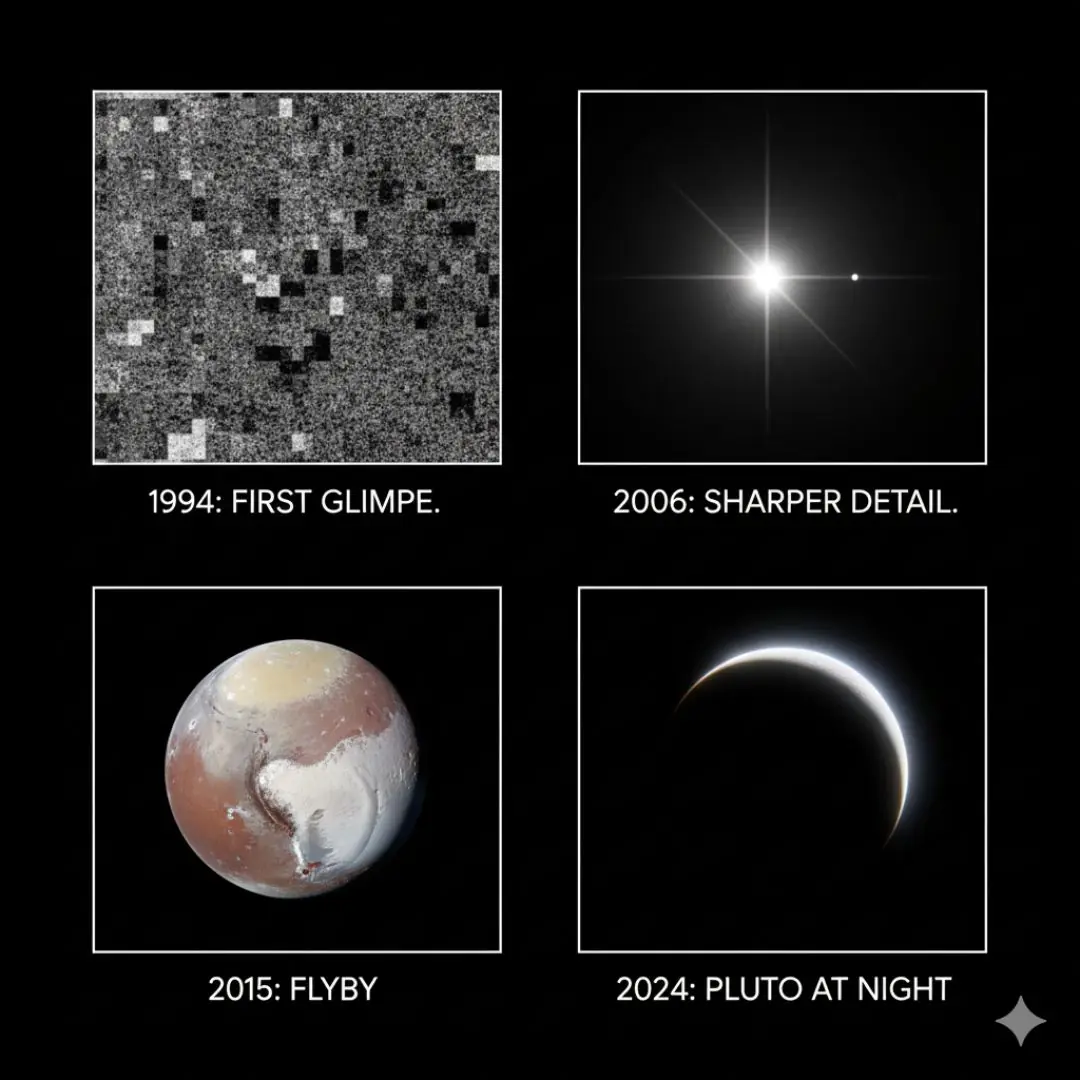
Pluto’s Secret Revealed: The Heart-Shaped World at the Edge of Our Solar System

Apple officially removes controversial ICE-tracking app from iPhone app store

YouTuber reveals what really happens when you break ChatGPT's ethical guidelines

The Mystery of the Milk Bottle Dent

Pick Your Robin

Elon Musk Urges Millions to Cancel Netflix as Boycott Gains Viral Momentum
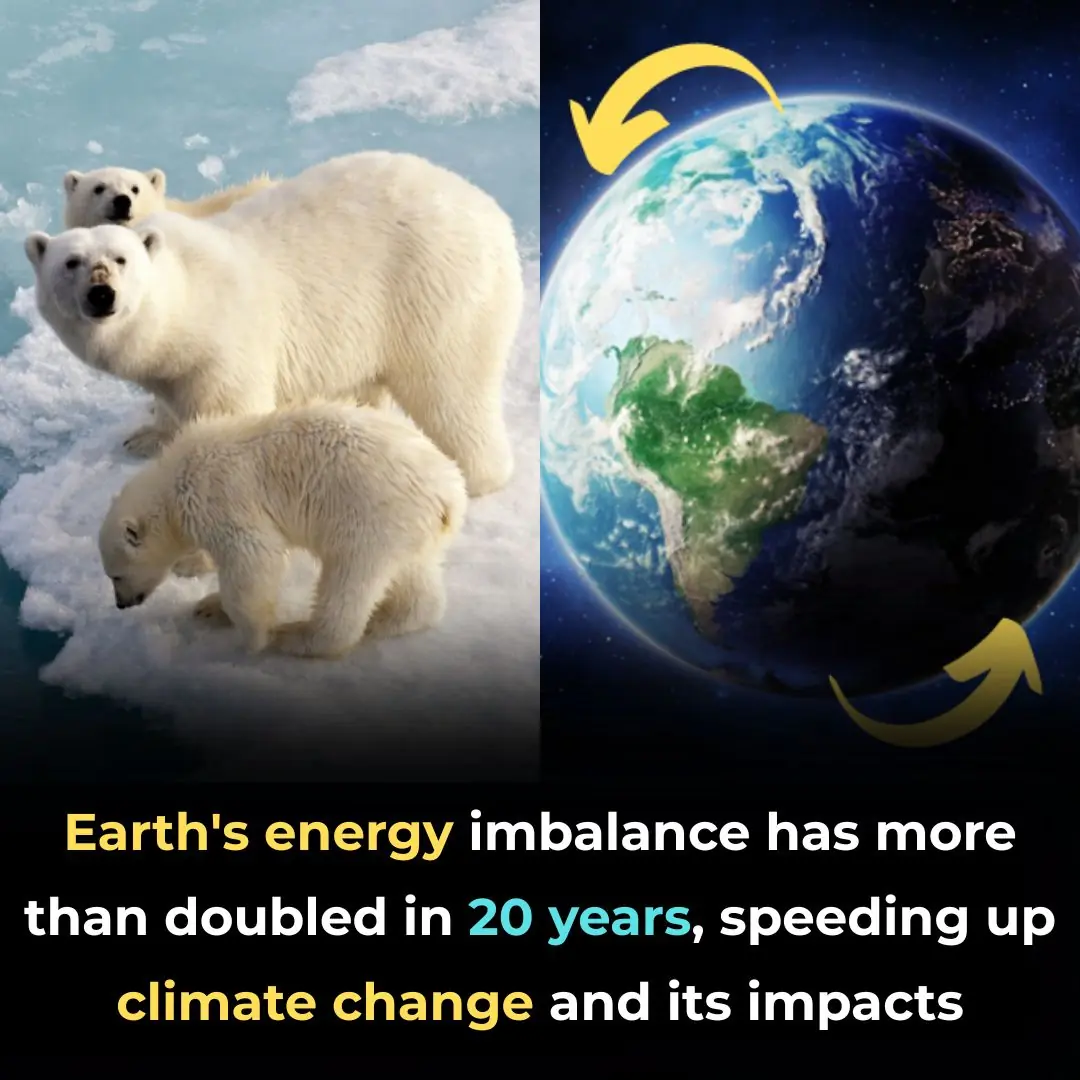
Earth’s Energy Imbalance Doubles Speeding Up Climate Change

15+ Things Women Find Unattractive in Men Over 50
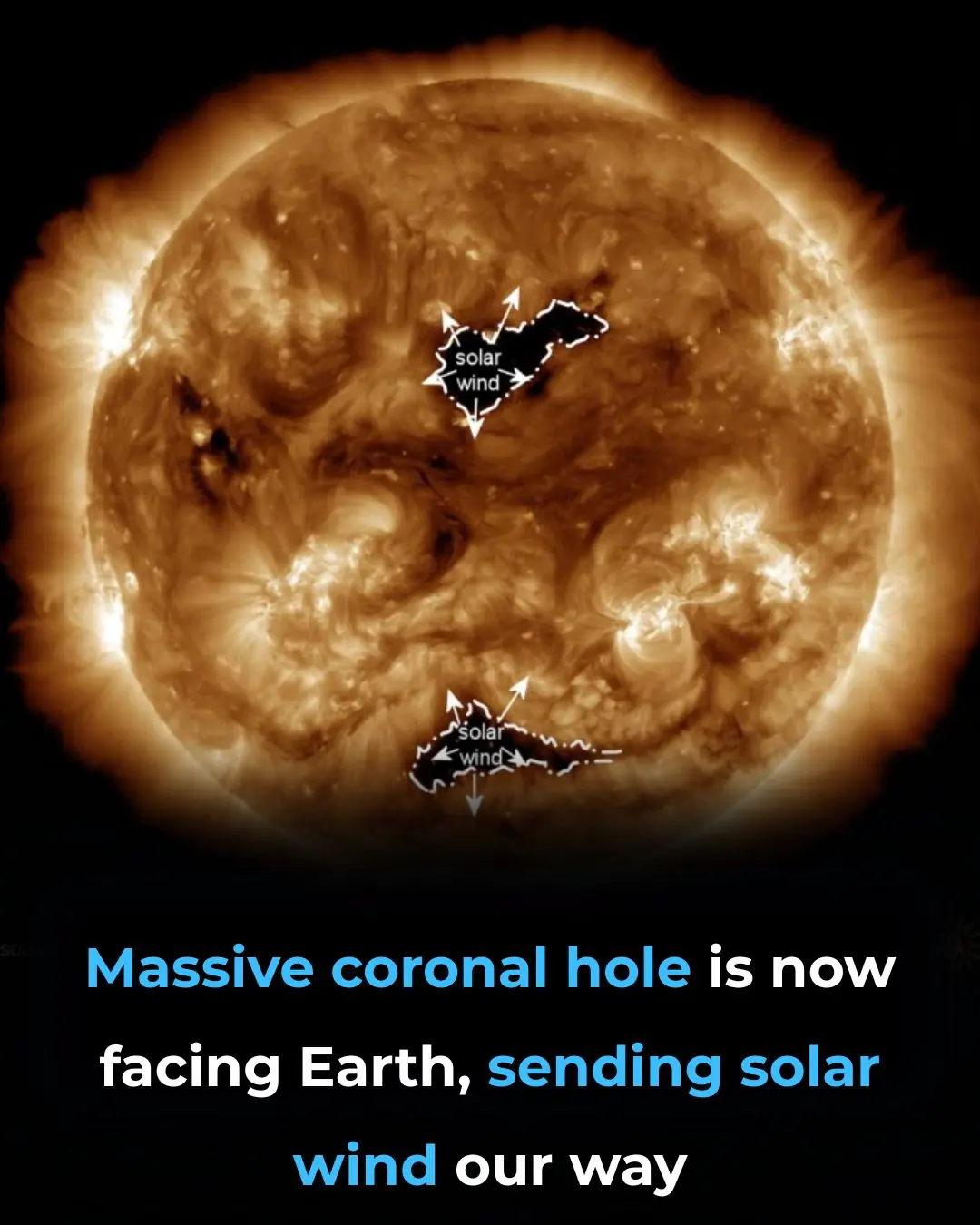
Strongest solar flare of 2025 erupts from sun, sparking radio blackouts across Europe, Asia and the Middle East (video)
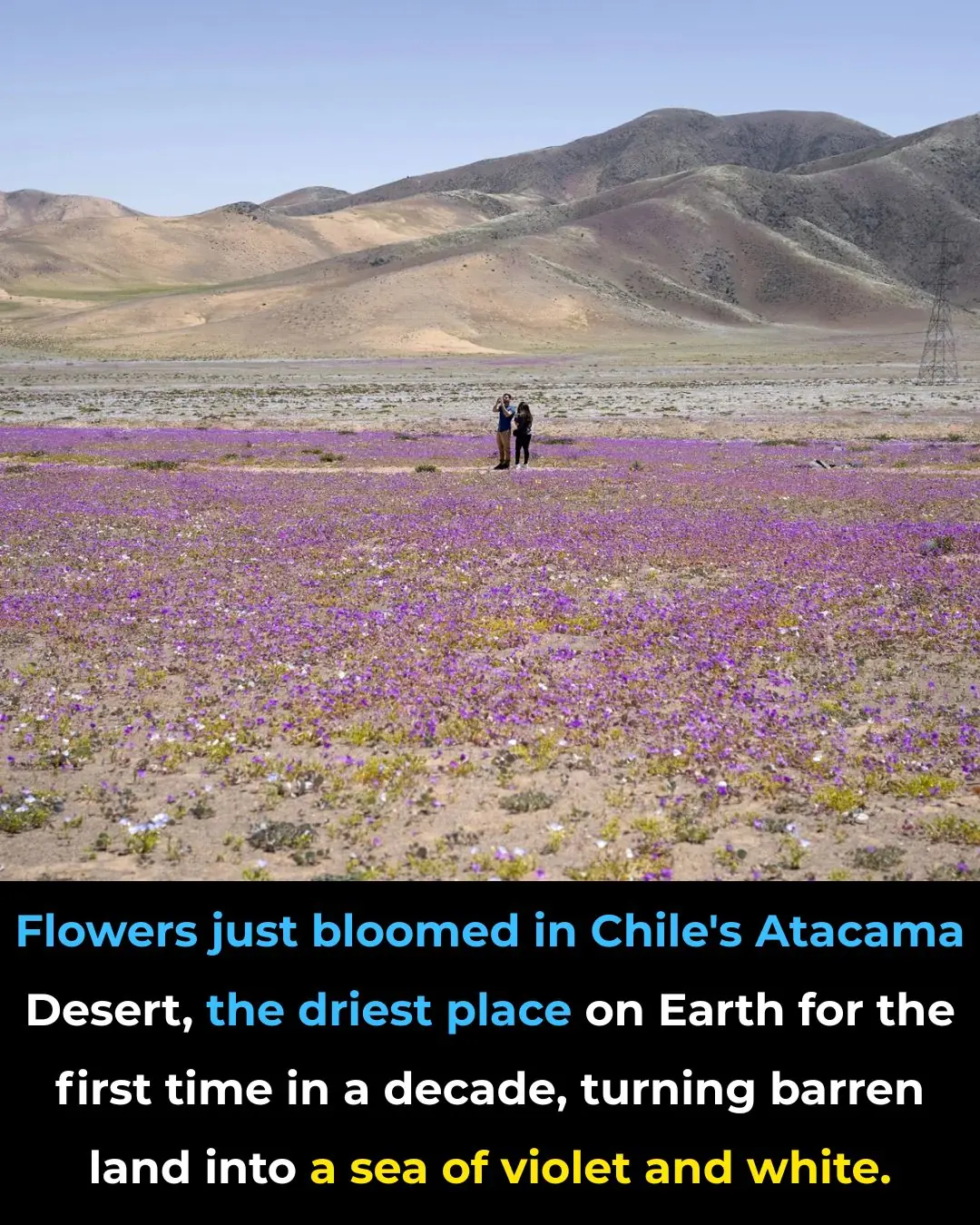
Why Driest Desert on Earth Sometimes Blooms? And What Secrets Revealed?
News Post

A Wheelchair to the World: A Mother’s Plea for Her Brave Son, Matwej

The Girl Who Refuses to Stop Fighting: Milenka’s Fourth Battle for Life

The Girl Who Struck Oil: The Remarkable Life of Sarah Rector.

The Forgotten Founders of Hockey — and the Hidden History of Black Canada.

The Heart of Alain Delon — The Movie Legend Who Chose Compassion Over Fame.

The Boy Who Cut the Wrong Lawn — and Inspired the Right Kind of Kindness.

The Saint of Bailovo: The Beggar Who Gave Everything Away.
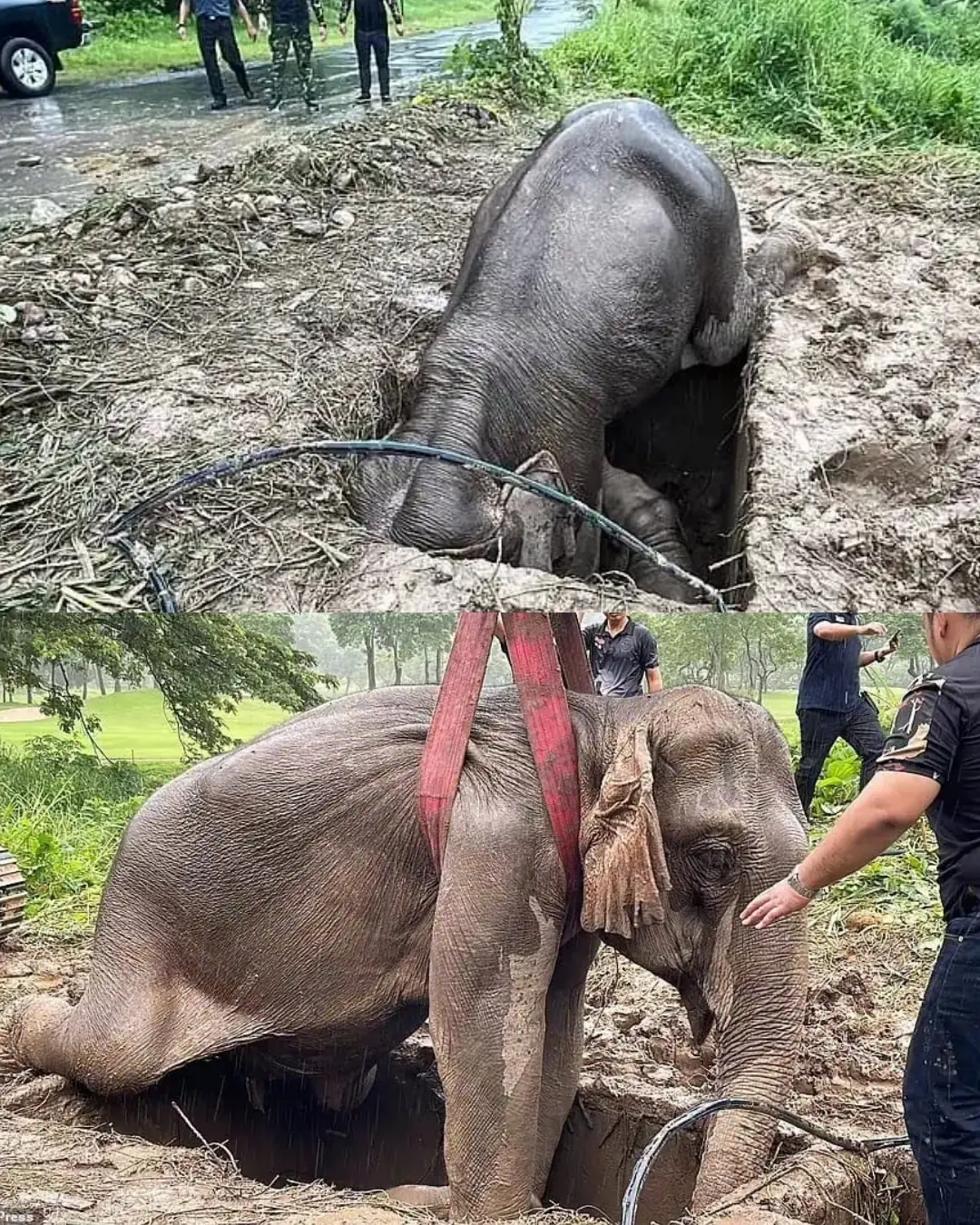
A Mother’s Heart: The Elephant Who Came Back to Life for Her Calf.

The Man Who Gave Away His Last Coins — and Taught Me What True Richness Means.

How to Grow an Apple Tree from SEED to FRUIT in 3 YEARS!

Basil flowers uses and benefits

Oregano: The Golden Herb for Eye Health

Purslane: The Superfood That Tastes Better Than Meat – 7 Reasons to Grow It in Your Garden

Crabgrass for Hair Loss: Natural Remedies and Uses

Cuban Oregano, Cloves & Turmeric: The Natural Remedy for Pain, Inflammation, and Immunity Boost

Lamb’s Quarters/Wild Spinach a superfood with health benefits

Crowfoot Grass Benefits: The Overlooked Weed With Powerful Healing Properties

🐜 Shocking Home Hack: Repel Pests with Toothpaste!

🌿 The Powerful Detox Smoothie That Fights Fatigue, Improves Memory & Restores Vision
